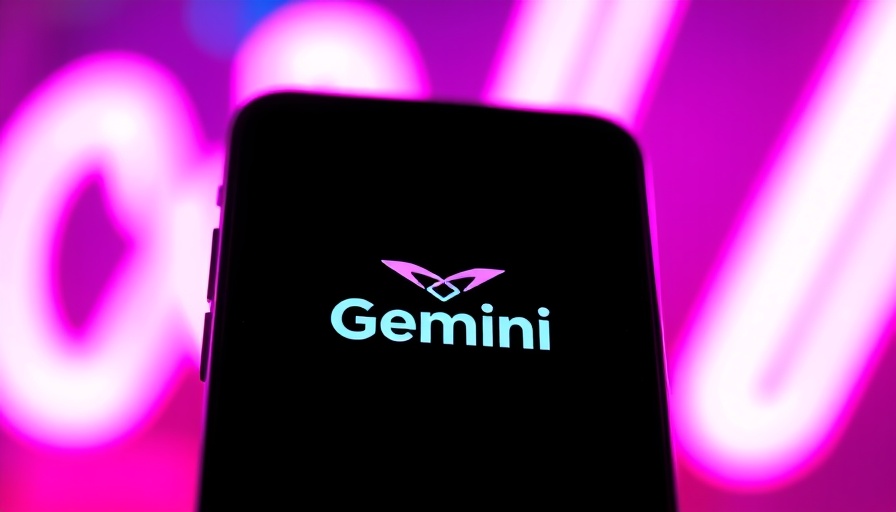
Exploring New Horizons: Family Movie Night Options
As a parent, finding the right movies and shows for your kids can be a balancing act of age-appropriateness and entertainment value. Recently, several exciting new releases have hit the screens that can spark both fun and meaningful discussions within the family. From the vibrant world of gaming brought to life in A Minecraft Movie to the heartwarming lessons in Robogobo, there are lots of options to explore with your children. Let's dive into these adaptations and what they offer.
Hitting the Big Screen: A Minecraft Movie
A Minecraft Movie immerses audiences in its imaginative universe where adventure reigns supreme. The film features big names like Jack Black and Jason Momoa and brings to life the thrilling narratives that fans of the game have come to love. As the misfits in the movie navigate disturbances in the real world and game universe, they discover vital themes of teamwork, curiosity, and courage.
However, it's essential to approach this film with awareness. While it captures the imagination, it includes action violence, mild swearing, and intense confrontation. Despite this, it holds significant potential for dialogue about resilience and collaboration as valued traits. Encouraging conversations around teamwork in response to challenges can transform movie night into a teachable moment.
Streaming Joy: Robogobo
For younger children, Robogobo is an animated series that blends excitement with essential life lessons. The show centers around a band of rescue animals who embody empathy and teamwork, teaching children the importance of helping others and embracing diversity. Each character, like the leader Dax, serves as an influential role model, showing how compassion can power success.
This age-appropriate series (rating TV-Y) runs 18 episodes, making it a perfect choice for those short and engaging viewing sessions. What’s more, the light-hearted confrontations ensure it remains a safe and enjoyable experience for families with kids as young as three.
Keeping It Real: Insights for Parents
When selecting entertainment for our children, it's wise to consider how we can utilize these moments for deeper understanding. Engage them with questions after viewing what they thought of the characters’ actions or the lessons learned. This not only enhances their viewing experience but can also fortify their comprehension of social dynamics in real life.
Parental Controls and Screen Time Limits
With countless options at our fingertips, establishing parental controls and screen time limits becomes a crucial step in guiding our children's viewing habits. Setting boundaries around when and what they watch can help ensure balanced media consumption. By discussing these limits ahead of time, children can better understand why such measures are necessary and develop their own media critique skills.
The Bigger Picture: Balancing Entertainment with Values
Movies and shows can be more than just entertainment; they are a powerful medium to communicate cultural values and morality. Using films like A Minecraft Movie and Robogobo as starting points for discussions enhances their impact. Parents can encourage children to think critically about what they watch and how those stories reflect the realities of teamwork, empathy, and resilience.
As parents navigate through this maze of media options, focusing on shared experiences can reshape family bonding. Movies bring us together, but they should also encourage our children to ponder life’s valuable lessons. So, the next time you settle in for a movie night, remember to engage your kids in dialogue long after the credits roll.
Considering these insights can significantly enhance how viewing experiences shape your family's values and relationships. So gather around, pop some popcorn, and dive into the captivating worlds created by filmmakers, while keeping the lines of communication wide open!
Take Action: Enhance Your Family Viewing Experience
Explore these exciting shows and movies, and remember to incorporate discussions about themes and lessons afterwards. Building from these discussions can foster emotional intelligence in your children and ensure their entertainment choices align with your family values. Create a family movie list that includes titles spanning various genres and themes!
 Add Row
Add Row  Add
Add 




Write A Comment